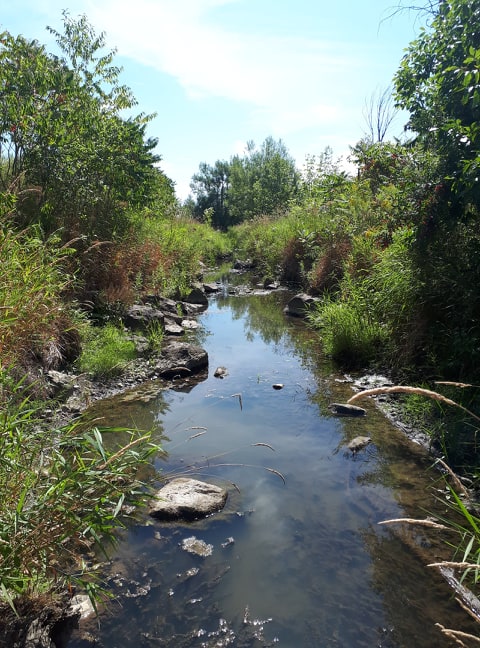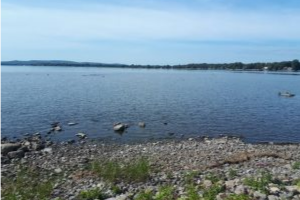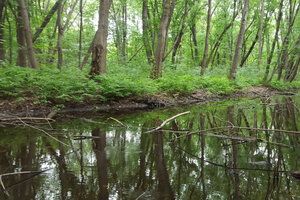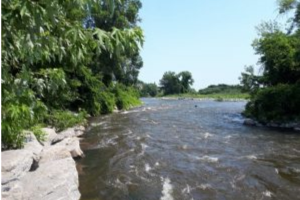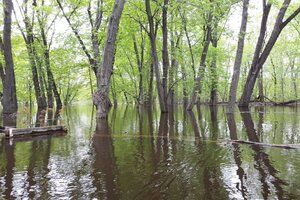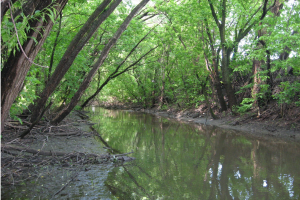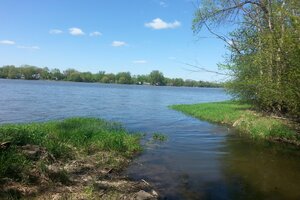
Streams run through about 250 kilometers of Jesus Island. From 2013 to 2016, CRE de Laval characterized the main streams in the context of the Urban streams of Laval project.
As of all the large cities worldwide, Laval is expanding. Urbanization and urban sprawling can greatly threaten ecosystem and biodiversity conservation because woodlands, wetlands and shores can be susceptible to destruction or degradation due to urban development. In Laval, there are nearly 250 km of streams flowing across the island. They act as ecological corridors because they connect different habitats through their shorelines and streamflow. They also enhance water quality, preserve our natural heritage and improve water management by buffering water variations.
However, regardless of their ecological and management roles, they often end up as open sky dumps , are buried, or channeled under development projects. Channeling has often led to partial or complete disappearance of streams in highly urbanized areas. Streams are extremely sensitive to their surroundings which explains why these changes degrade their state.
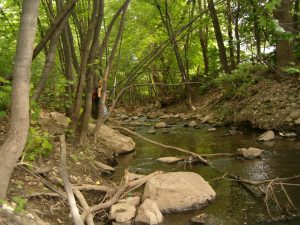
Moreover, these types of ecosystems remain unknown by citizens, decision-makers and even scientists. They are very often overlooked even though they provide habitat for fish, crayfish, birds, aquatic plants, insects and even species with conservation statuses. Shallow watered streams are often the breeding and nesting ground of many fish species larvae. Once they reach adulthood, these larvae will migrate to larger rivers. Therefore, they are a key component of foodwebs at all stages of their life cycle. What may look like a flow of brownish water in your backyard could be an excellent habitat for inconspicuous insects which are part of birds and mammals’ diets.
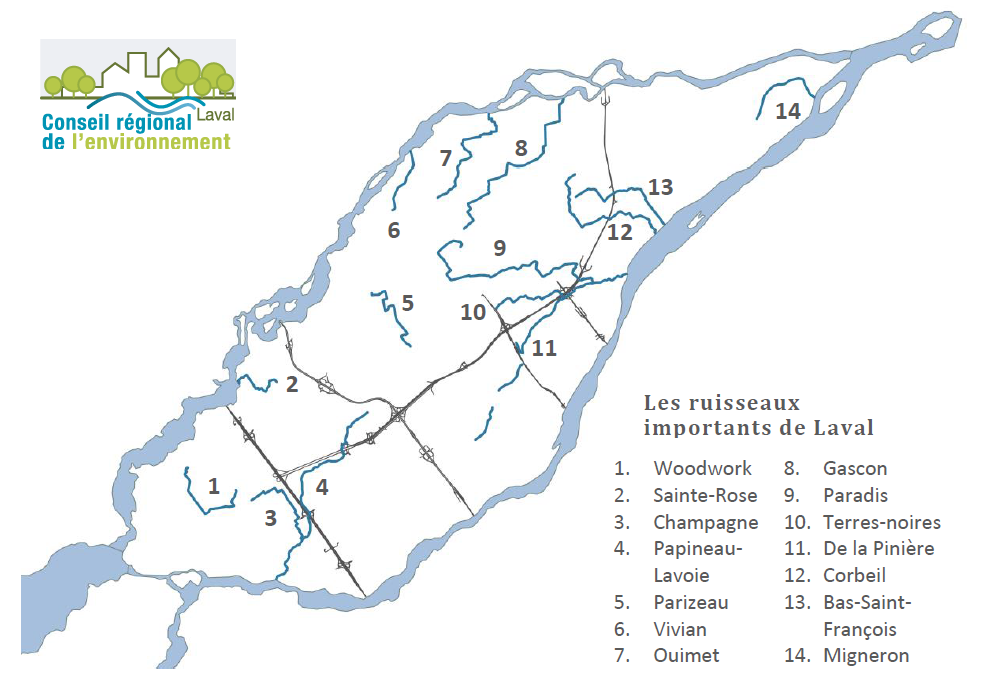
Whether they flow in natural areas or agricultural fields, streams are under the bank, shore and floodplain protection policy of the Quebec government. Depending on stream characteristics, a riparian buffer between 3 to 15 meters has to be kept along all streams. A riparian buffer is a minimal distance kept vegetated between the stream and what is adjacent to it (a road, a cycling path, a parking lot, etc).



